
Animated stories usually explain things clearly and carefully build their worlds to help viewers follow along. However, some filmmakers choose a different path, dropping audiences directly into strange, unexplained settings. These experimental animations use images and mood to tell the story, rather than relying on characters talking. This can be confusing, but it challenges viewers to solve the story’s puzzles and create their own meaning.
‘Serial Experiments Lain’ (1998)

This cyberpunk show delves into the increasingly fuzzy boundary between the real world and a virtual network called the Wired. The story follows a main character who starts getting emails from someone who died, and gradually loses touch with reality, becoming a presence that’s everywhere at once. The plot frequently breaks down into fragmented scenes and thoughtful discussions about what it means to exist and be connected. It challenges viewers to piece together a story that doesn’t separate what’s real from what’s a digital illusion.
‘Angel’s Egg’ (1985)
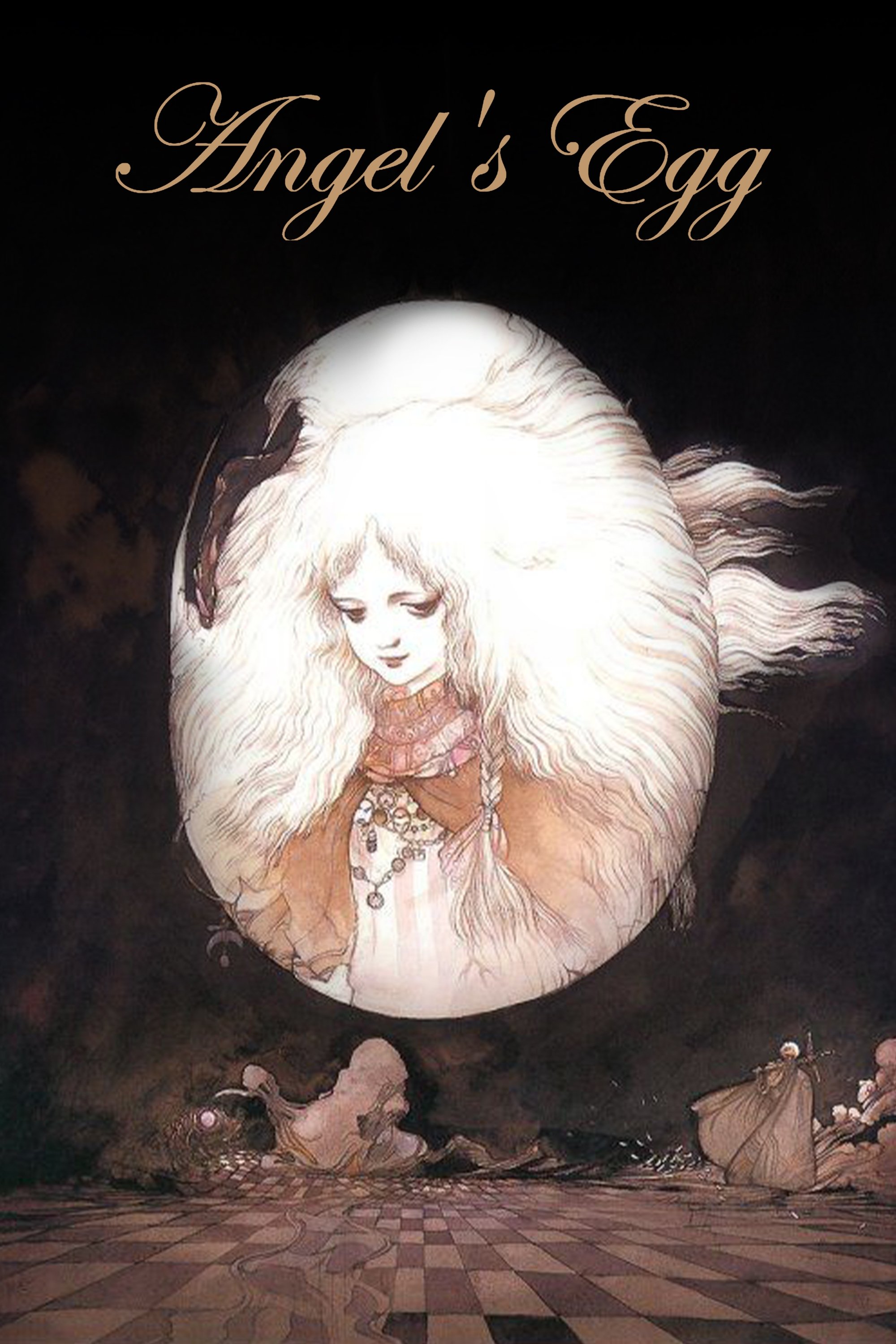
As a huge cinema fan, I recently saw this incredibly atmospheric film directed by Mamoru Oshii, and it really stuck with me. What’s amazing is how little dialogue there is – it’s almost entirely visual. The story follows a young girl traveling through this bleak, gothic world, carefully guarding a large, mysterious egg she’s hidden under her dress. She eventually meets a soldier with a strange, cross-shaped weapon, and… well, let’s just say he destroys the egg. To me, the whole thing felt like a beautiful, haunting visual poem about losing your faith and the feeling of hopelessness that can come with it. It’s a powerful experience, even without a lot of words.
‘Texhnolyze’ (2003)
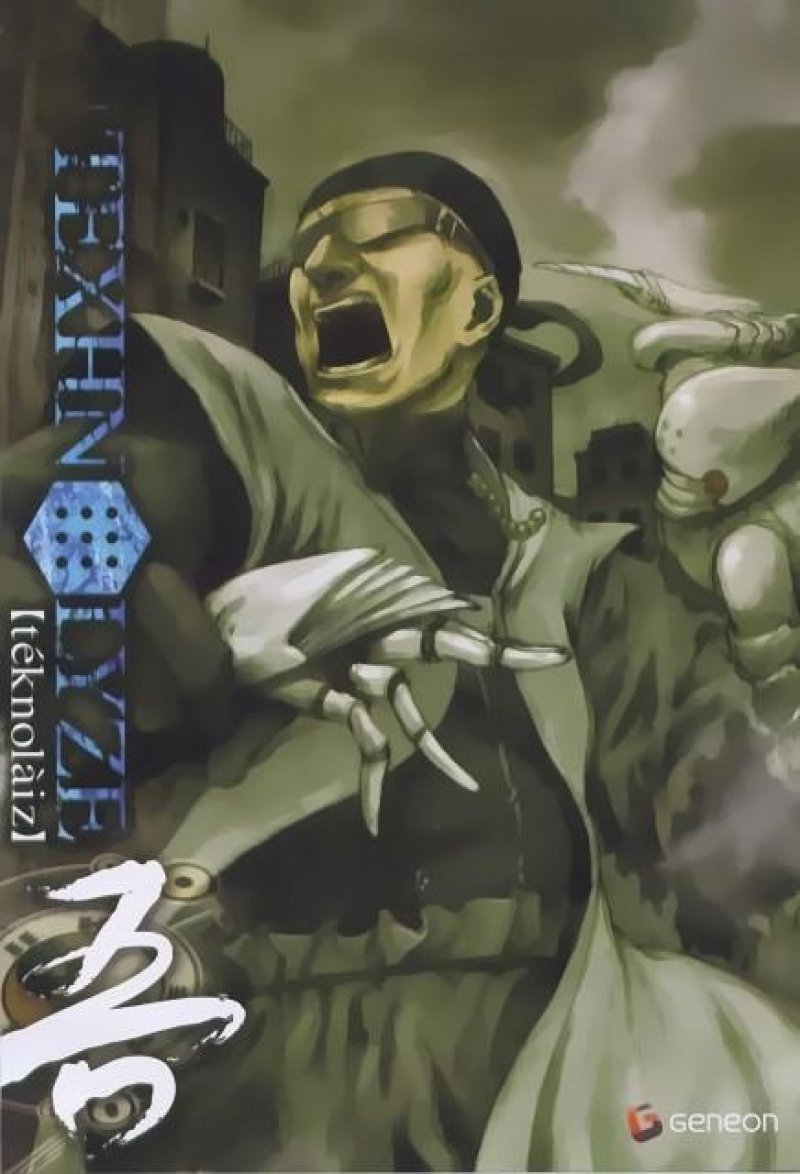
The story unfolds in Lux, a city built underground where different groups are constantly battling for control of its failing systems. It follows a fighter who loses his arms and legs and gets robotic replacements, and who then becomes involved in the city’s downfall. Instead of typical conversations or detailed explanations, the story relies on long, quiet moments and shocking bursts of violence. The narrative presents the eventual destruction of Lux and everyone in it with a stark, emotionless perspective.
‘Cat Soup’ (2001)
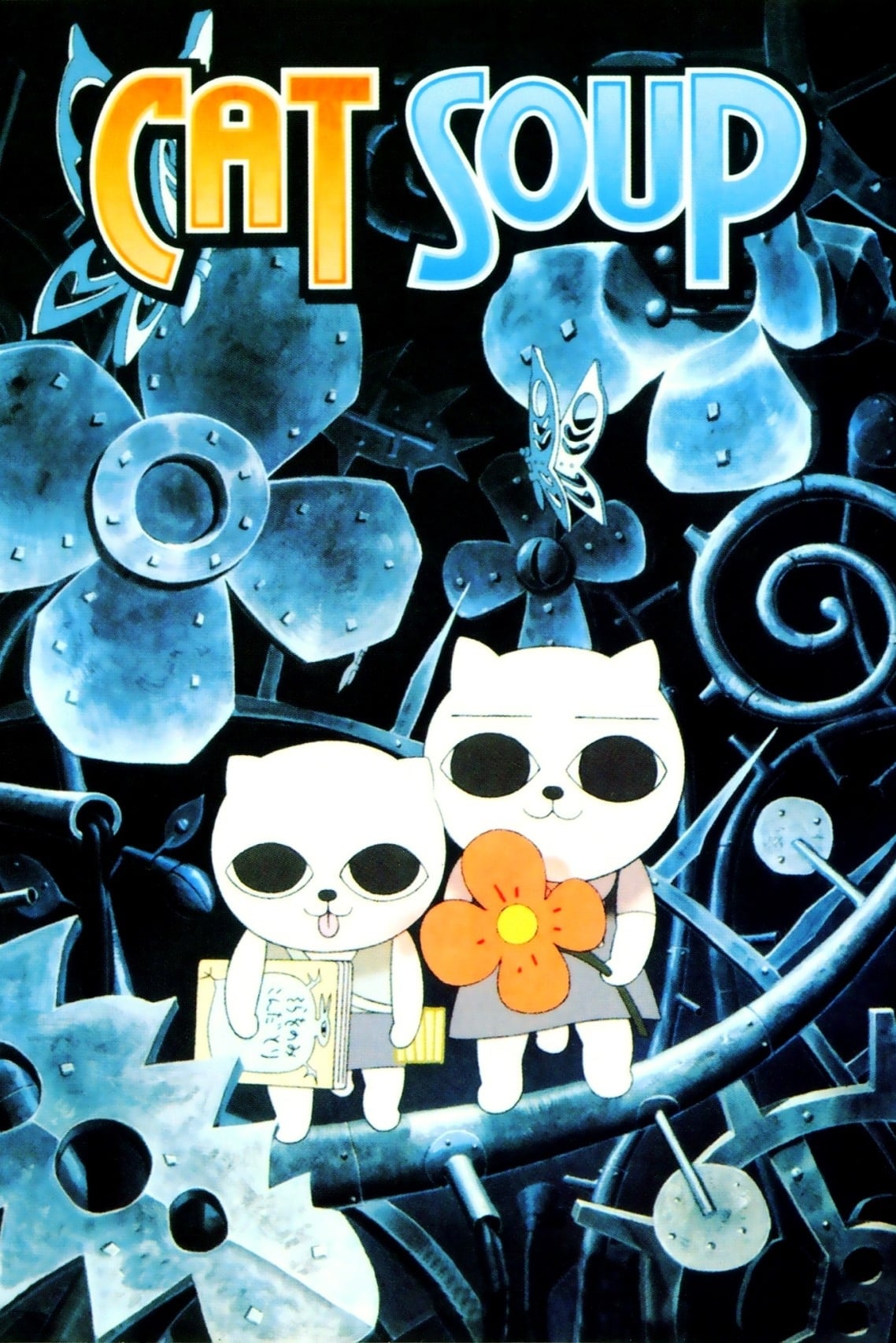
This strange and dreamlike short film tells the story of a cat who travels to the afterlife to find his sister’s soul. Their journey takes them through a bizarre and colorful world filled with unexpected violence and impossible events. The film doesn’t follow a traditional story structure; scenes change suddenly, and things happen without clear explanations. Instead, it focuses on creating a feeling and atmosphere, prioritizing the logic of dreams over a clear plot or setting.
‘FLCL’ (2000–2001)
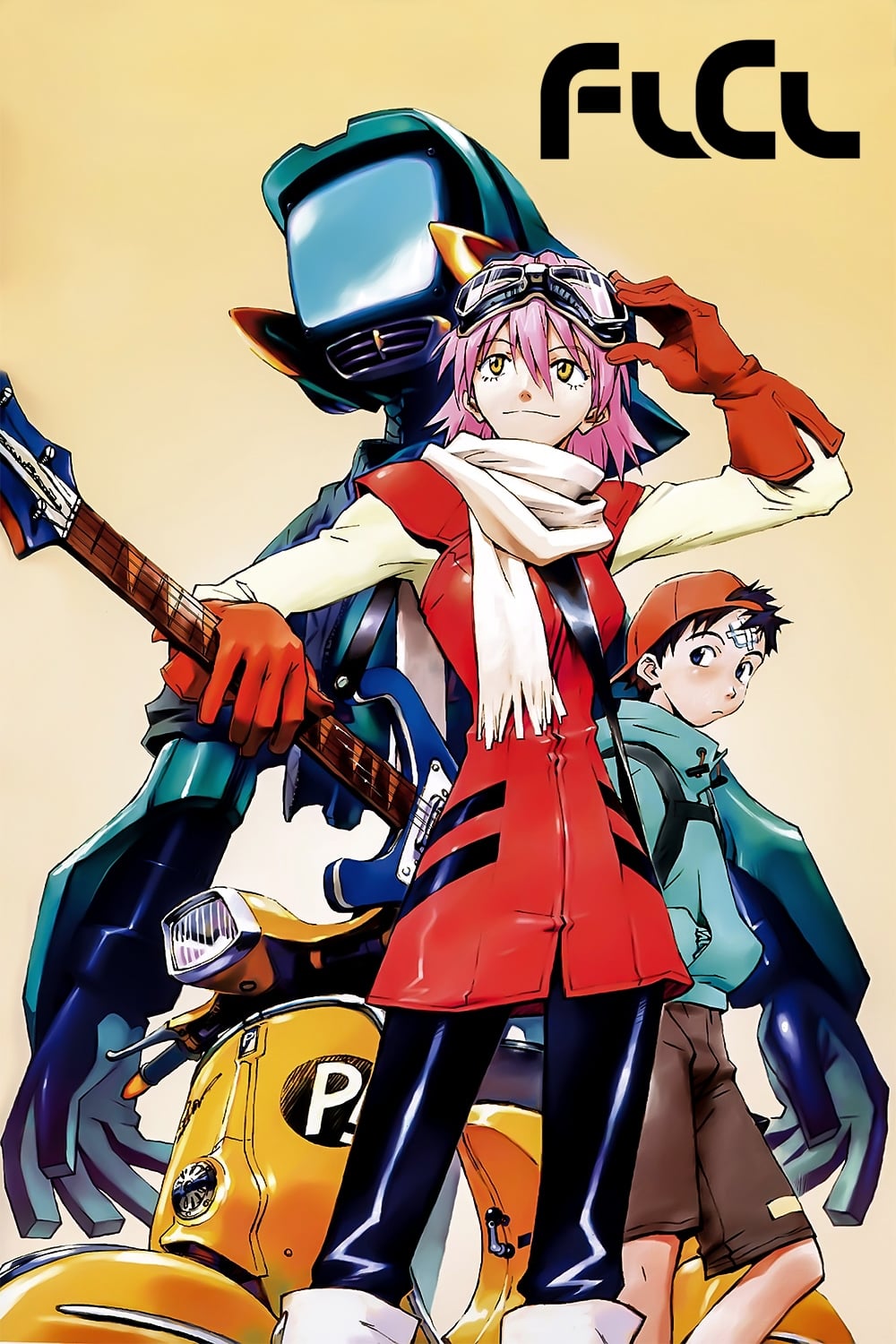
Naota Nandaba just wants a normal life, but that’s derailed when he’s struck by a woman on a Vespa wielding a bass guitar. This strange event causes robots to randomly pop out of his head as he navigates the awkwardness of puberty. The show’s visuals are intentionally jarring, switching quickly between traditional anime and rough, sketch-like drawings to emphasize the fast-paced, chaotic energy. More than a sci-fi story, it’s a wild and symbolic look at the confusing experience of growing up.
‘Paranoia Agent’ (2004)
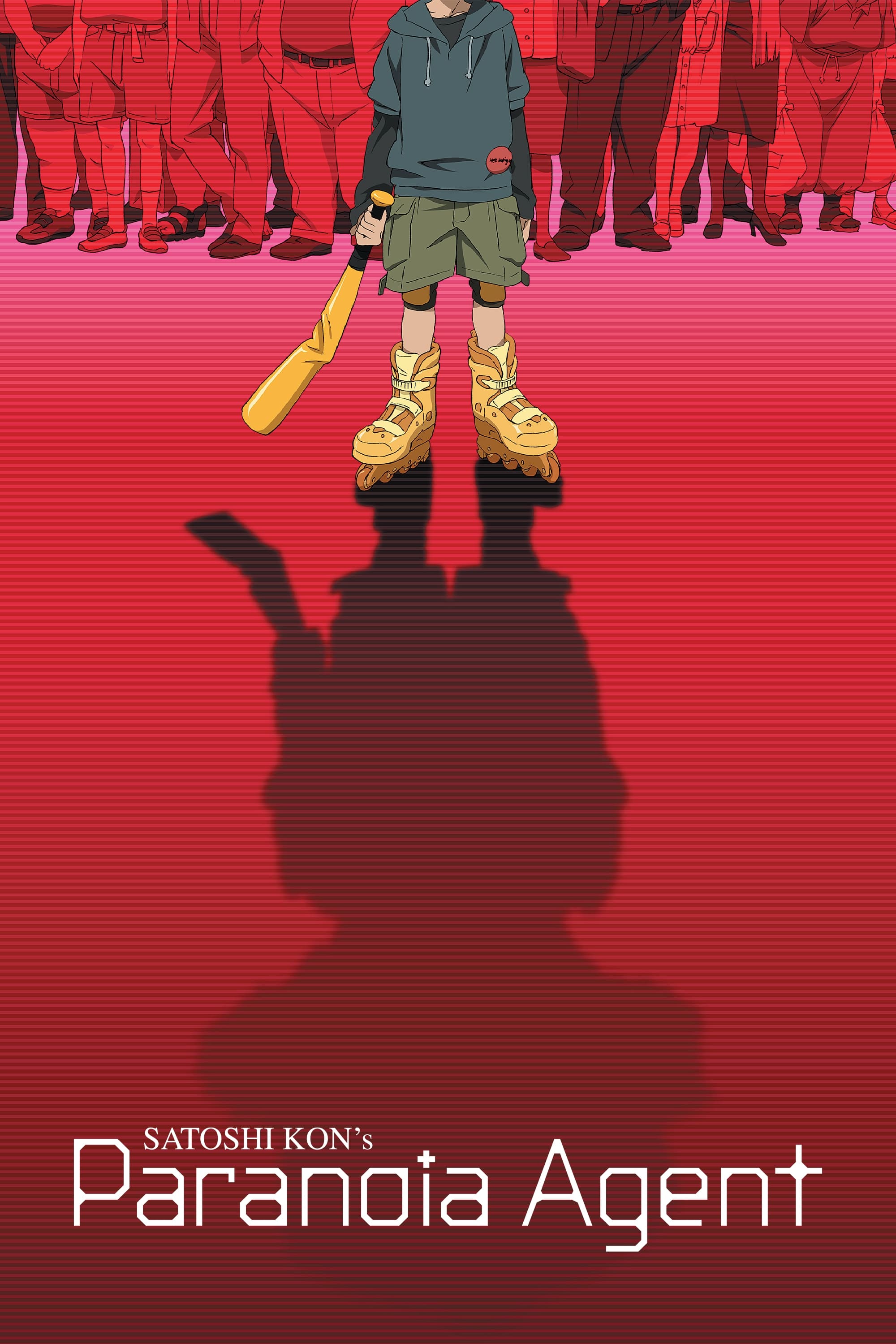
In Tokyo, a strange attacker called Lil’ Slugger is hitting people with a curved golden baseball bat, but the victims don’t seem to have anything in common. While two detectives try to solve the crimes, they struggle to separate them from widespread panic. The series often shifts focus from the investigation to delve into the troubled thoughts and fears of those attacked, portraying their experiences in a surreal and symbolic way. Ultimately, the line between reality and illusion blurs, and Lil’ Slugger becomes a symbol of people trying to escape their problems.
‘Ergo Proxy’ (2006)
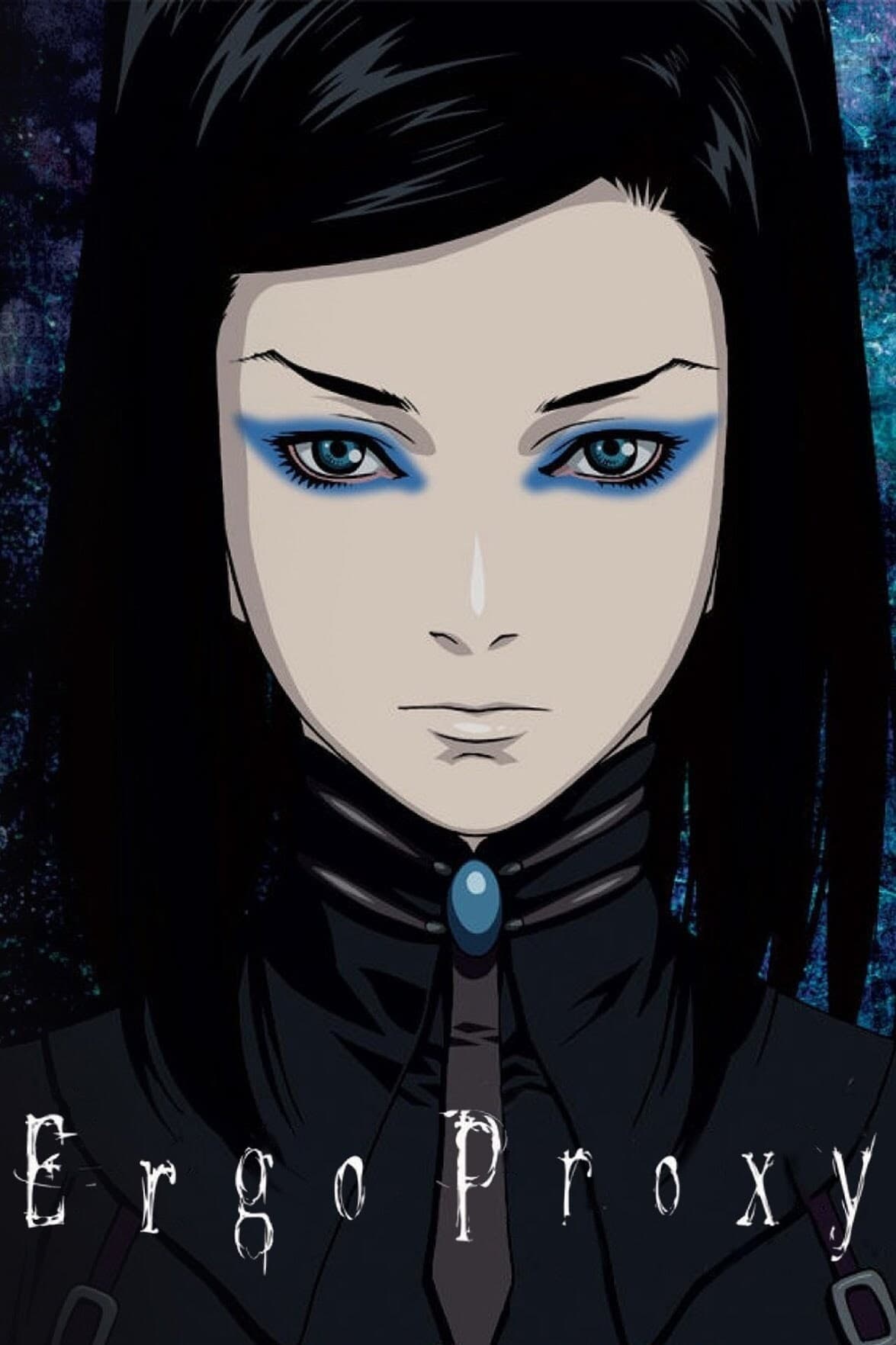
Inside the walled city of Romdo, humans and androids live together, trying to survive after an environmental disaster made the outside world uninhabitable. Inspector Re-l Mayer is investigating a series of murders caused by a strange virus that gives machines the ability to think and feel for themselves. Her investigation takes her on a dangerous journey through the ruined landscape, where she and others grapple with big questions about what it means to be alive. The story can be confusing, though, with complicated ideas and dreamlike sequences that jump around in time.
‘Boogiepop Phantom’ (2000)
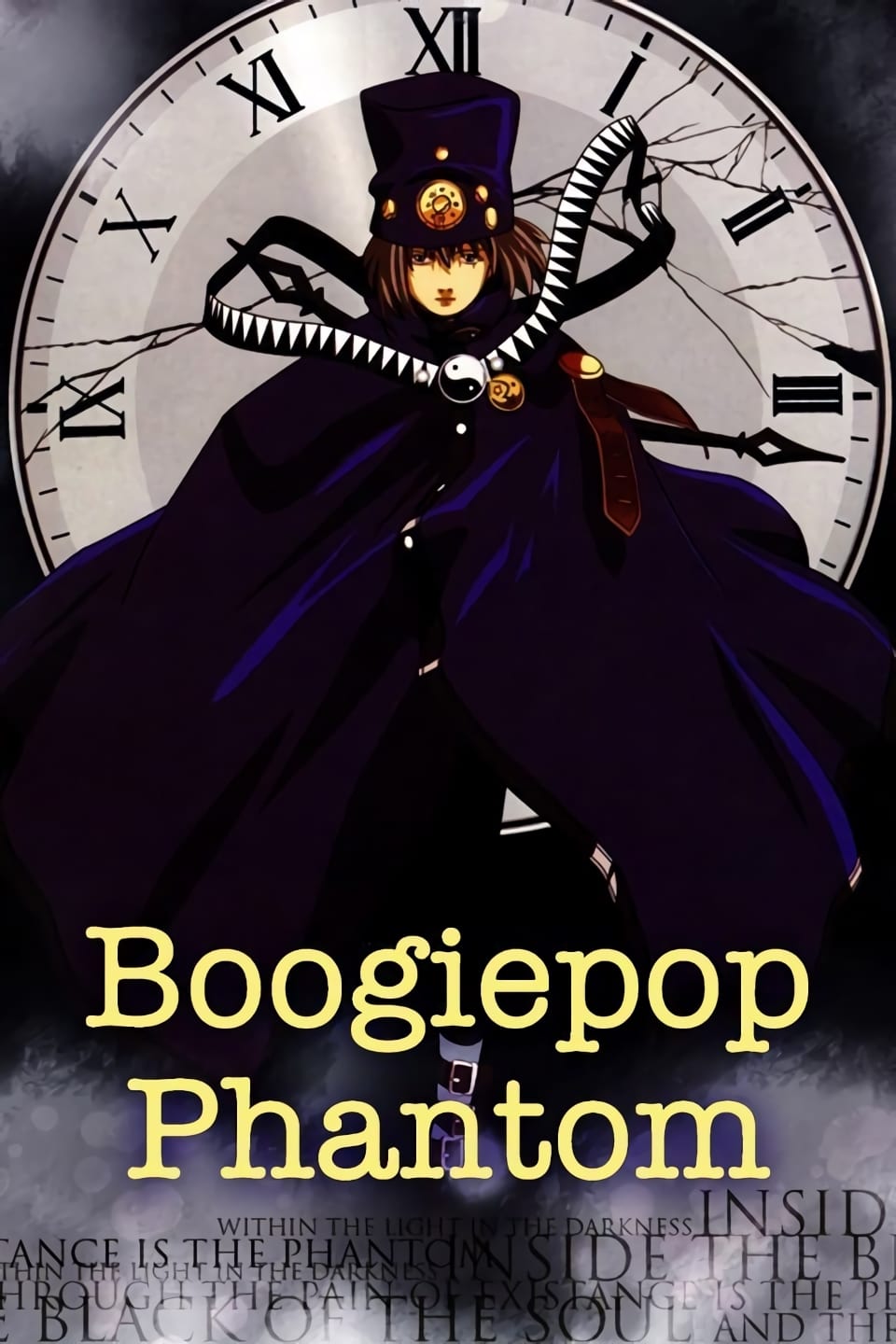
The story unfolds out of order, revealing the tale of a mysterious pillar of light that appears in a Japanese city. We see the aftermath through the eyes of different characters, each with their own incomplete and sometimes contradictory memories. The film’s visuals are deliberately unsettling, using faded colors and a blurry effect to create a feeling of unease. To solve the mystery and understand the urban legend, viewers need to piece together what happened in the correct order.
‘Haibane Renmei’ (2002)
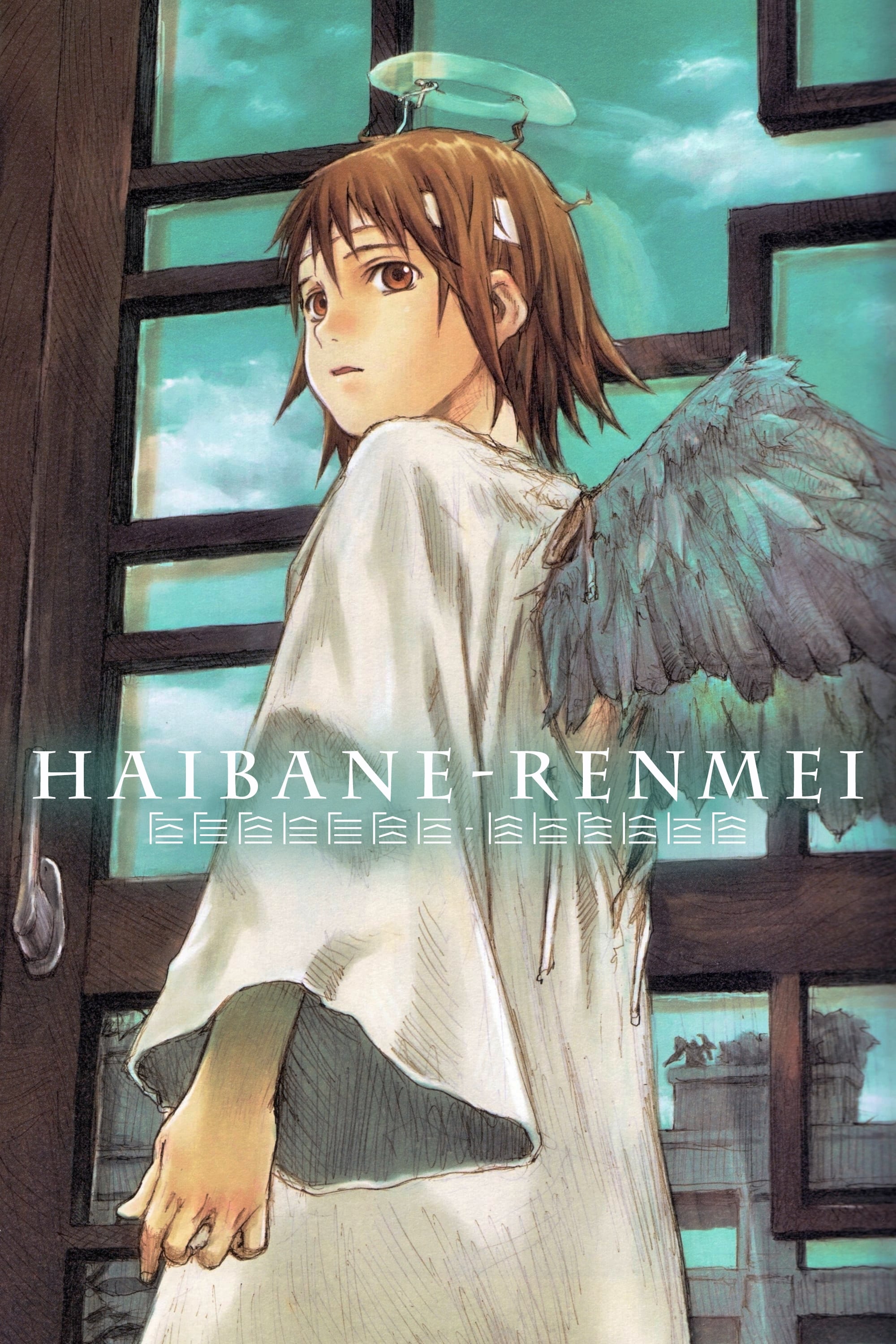
Rakka is a girl who emerges from a cocoon into a strange town surrounded by walls. The people who live there all have small, gray wings and halos, but none of them remember anything about their lives before arriving, or why they’re trapped. The story follows their everyday lives and personal battles, without ever explaining the mystery of their world. Many believe the town is like a kind of purgatory, where people must confront and overcome past hurts.
‘Neon Genesis Evangelion’ (1995–1996)
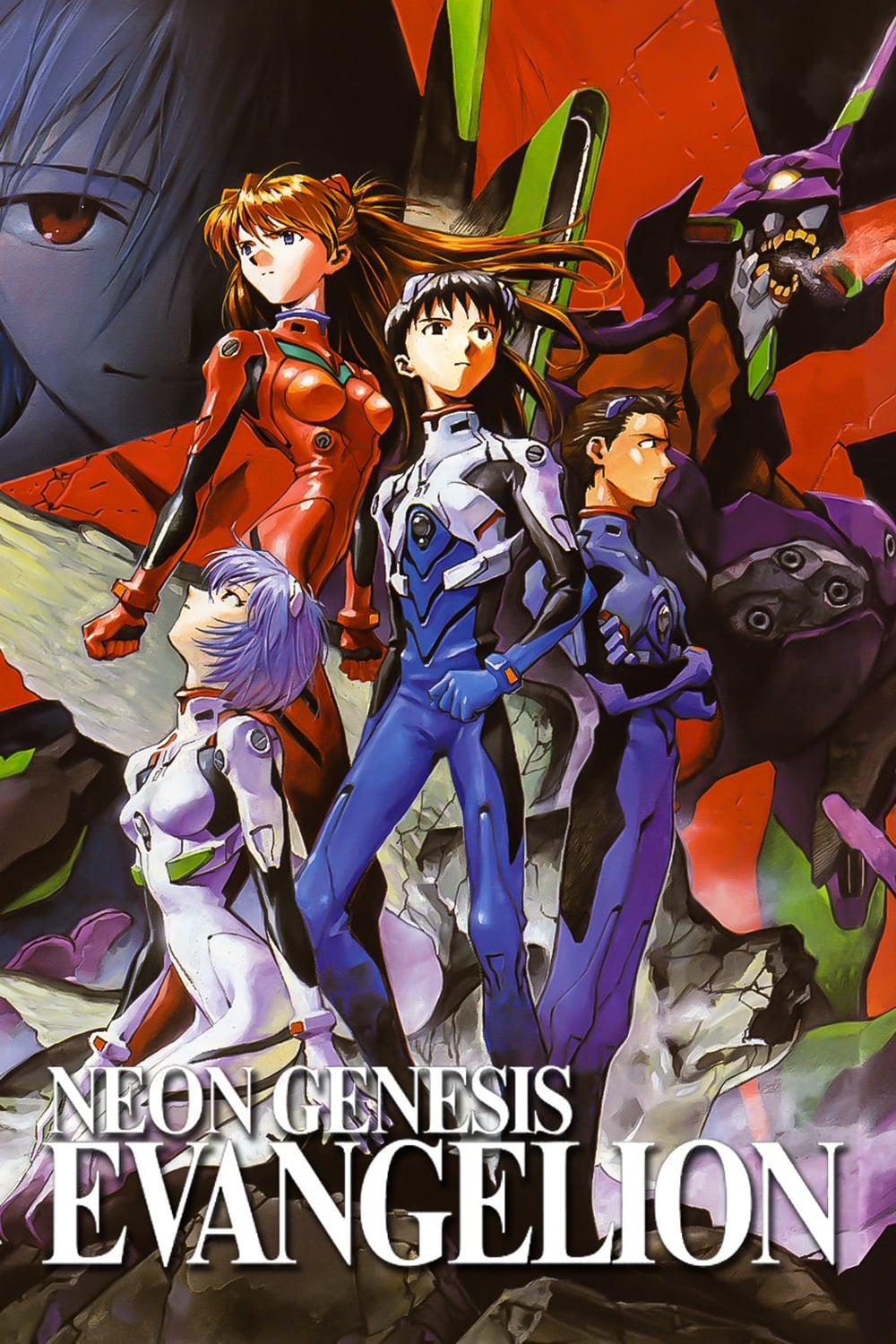
A group of teenagers controls enormous, living machines to protect a futuristic Tokyo from terrifying creatures called Angels. The show begins like a typical action series with giant robots, but it quickly becomes more complex, exploring the characters’ inner lives and challenging the genre itself. Eventually, the story shifts completely inward, focusing on the main character’s mental state during a world-altering event. While religious imagery from Judaism and Christianity appears throughout, it’s mainly used for visual style rather than to provide answers to the plot.
‘Sonny Boy’ (2021)

A whole school, students and all, is unexpectedly pulled into a dark, empty space. As they travel through bizarre dimensions where the laws of physics keep changing, the students start developing strange powers. No one explains what’s happening or where they are, and the class is left to cope with fear and conflict while trying to survive, with no idea if they’ll ever understand their situation.
‘Revolutionary Girl Utena’ (1997)

Utena Tenjou is a student at Ohtori Academy who finds herself caught up in magical sword fights to win the Rose Bride. These duels happen in a strange, dreamlike arena high in the sky, overshadowed by an upside-down castle. The characters often speak in riddles about breaking free and changing the world, and their stories are told alongside dramatic shadow puppets. The series isn’t focused on a straightforward plot; instead, it uses symbols and imagery to explore the challenges and emotions of growing up.
Please share your interpretations of these cryptic stories in the comments.
Read More
- Calvin Harris Announces India Debut With 2 Shows Across Mumbai and Bangalore in November: How to Attend
- Broadcom’s Quiet Challenge to Nvidia’s AI Empire
- The Relentless Ascent of Broadcom Stock: Why It’s Not Too Late to Jump In
- Heights Capital Bets $16M on ImmunityBio: A Calculated Gamble?
- Why Rocket Lab Stock Skyrocketed Last Week
- EQT Earnings: Strong Production
- How to Do Sculptor Without a Future in KCD2 – Get 3 Sculptor’s Things
- DOGE PREDICTION. DOGE cryptocurrency
- HBO Boss Discusses the Possibility of THE PENGUIN Season 2
- Taika Waititi to Ruin Dredd with Goofy New Movie
2025-11-22 15:16